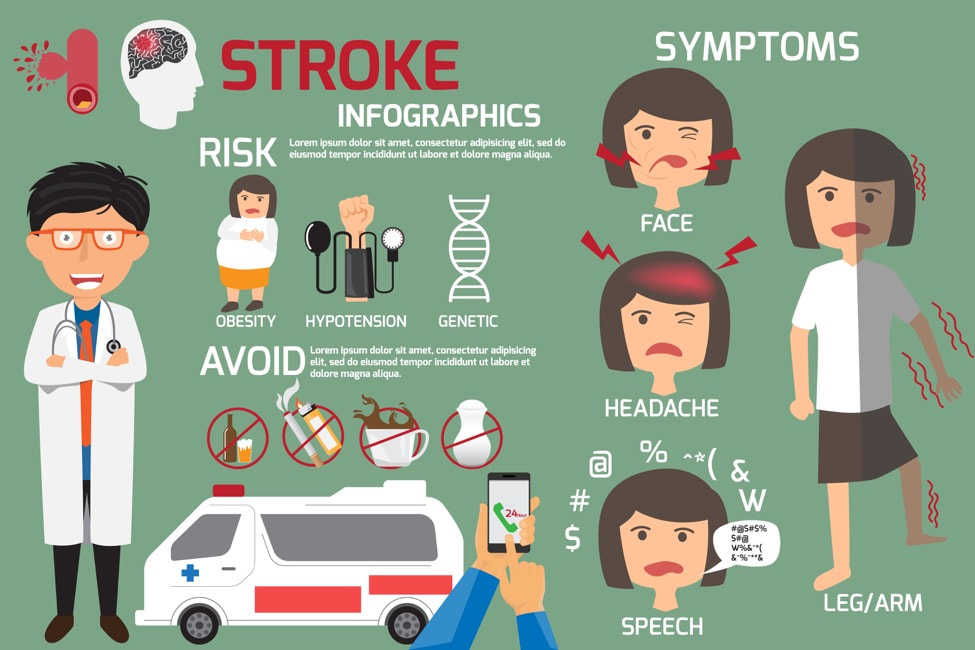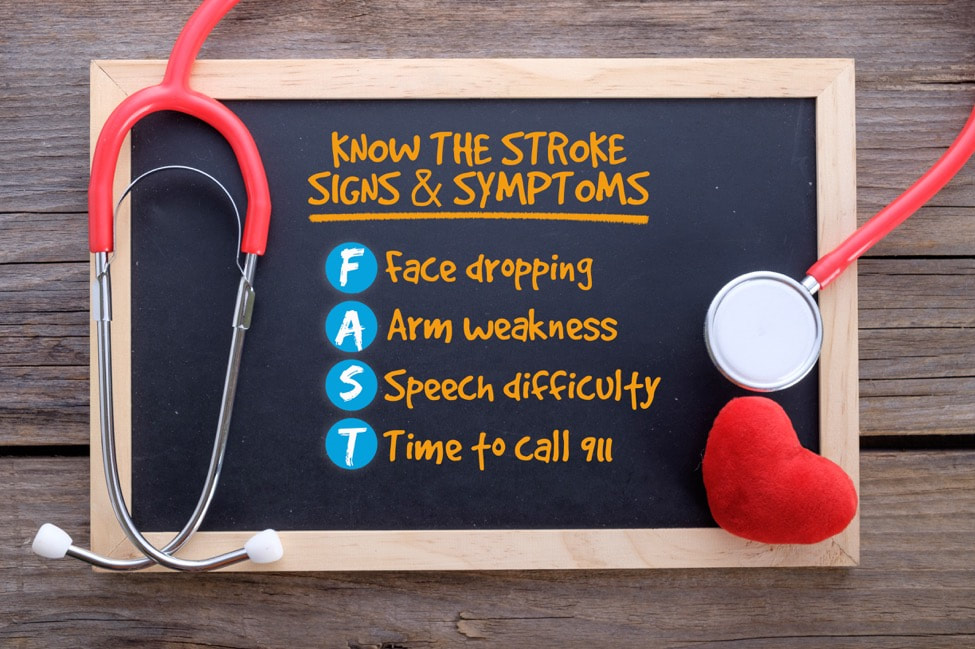|
By Susan Ashby
The American Stroke Association has designated May American Stroke Awareness Month in an effort to spread the word on identifying, preventing and treating stroke. According to the Centers for Disease Control and Prevention (CDC), strokes kill about 140,000 Americans each year, which equals about one in every 20 deaths. But it’s not all bad news. Strokes are preventable. In fact, the CDC reports that some 80 percent of them could have been avoided.

Image from Shutterstock.com
What’s more, identifying strokes in their early stages—acting FAST, so to speak—can help prevent them from turning fatal or causing disability. Why? Because every minute, quite literally, counts during a stroke. In fact, approximately 2 million brain cells are lost every minute of a stroke. In short, the earlier the treatment, the better the chance for a full recovery. And there’s no better way to ensure early-stage treatment than by getting well-acquainted with stroke warning signs. The Warning Signs of Stroke
|
AboutNews updates, tips, and guides on senior care, senior health, stress relief and a host of other caregiving related topics from the professionals at Ella Stewart Care. |





 RSS Feed
RSS Feed
